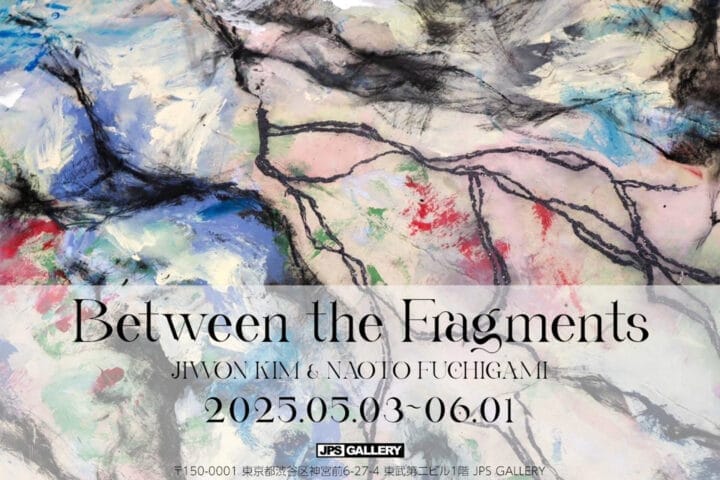April 14 – April 28, 2020. Online Viewing Room
Pace Gallery presents Diamonds on the Soles of Her Shoes, an online exhibition bringing together 20 works by some of the most influential photographers of the last century. Collectively, the included works reveal fundamental truths through the camera’s lens around the resilience, empathy, and unity that have defined American culture in its most challenging and triumphant moments. Curated by Andria Hickey, Senior Director, and Lauren Panzo, Vice President; Kimberly Jones, Senior Director; and Margaret Kelly, Director, from Pace’s photography department, the exhibition includes works by Richard Avedon, Harry Callahan, William Christenberry, William Eggleston, Robert Frank, Jim Goldberg, Paul Graham, Peter Hujar, Richard Learoyd, Richard Misrach, Trevor Paglen, Gordon Parks, Irving Penn, JoAnn Verburg, and Carmen Winant. Poetically mapping a distinctive picture of post-war America into the 21st century, the exhibition underscores the power of images to question the status quo, disrupt expectations, and celebrate the everyday.
Featured photographs by Robert Frank and Paul Graham explore issues of class, race, and power, with a personal and observant eye toward representing the everyday. Perhaps more than any other photographer in the post-war period, Frank endeavored to capture an authentic, if fractured, American social landscape of the 1950’s as seen in his groundbreaking series The Americans, which redefined the history of photography and influenced generations of artists after him. The impact of Frank’s legacy is apparent in the work of artists featured throughout the exhibition, including Paul Graham, whose American Night continues this direct dialogue with the surroundings of daily life in an extension of Frank’s America.
In iconic images by Richard Avedon, Robert Frank, Irving Penn, Gordon Parks, and Peter Hujar, portraits of political leaders, civil rights activists, dancers, and artists are intermingled with images of ordinary people, capturing the energy and character of the most turbulent decades of 20th-century America. Testaments to the political and cultural change in their surrounding worlds, these photographs cut into the social landscape to expose the unequivocal humanity and courage of heroes and strangers alike.
Similarly encapsulating fragments of contemporary culture, early photos of the everyday by Irving Penn and Harry Callahan depict images from the artists’ daily walks through the cities where they lived, and, in the case of Callahan, the intimate spaces of daily life at home. These images, reflective of the artist’s lived environment, transform the quotidian into living, breathing moments, rich in curious glances and profound pauses.
Photographs by William Christenberry, Richard Avedon, Jim Goldberg, and Carmen Winant in turn speak to photography’s ability to open, pause, and bend time and memory in their depictions of scenes across America. Christenberry’s Green Warehouse, Newbern, Alabama (1978) features a structure that the artist captured and examined annually for 22 consecutive years. A portrait of Chet Baker by Richard Avedon immortalizes the American icon under the photographer’s gaze in 1986, just two years before his death. In Jim Goldberg’s Destiny’s Shiny Bracelet, part of the artist’s decades-long Raised by Wolves series documenting homeless teenagers in San Francisco and Los Angeles, Destiny—both a person and a metaphor—is fixed in a singular moment. Finally, in a distinct yet interconnected manner, the found images in Carmen Winant’s mobile ignore time, mapping a non-linear narrative and creating unlikely connections across linked visual planes.
Connecting the past to the present, photographs by William Eggleston, Richard Learoyd, JoAnn Verburg, Richard Misrach, and Trevor Paglen delve into the timeless, wide-open expanse and mythic presence of the American West, which has long captured the imaginations of artists. Contemporary works on view similarly reinvent an image of the West that is larger than life, harkening back to the photographs that helped shape the collective vision of its identity, both fictional and real. The realities of the West’s relationship to industry and military expansion, as depicted by Misrach, appear juxtaposed with the dramatic beauty of the landscape and the intimacy of untamed nature captured by Eggleston, Learoyd, and Verburg. Paglen’s image of The Glen Canyon appears supernatural; its soft blurring points to a process of machine learning where images are algorithmically produced based on the matching of textures, here actively creating an invented portrait of the American West.
The title for this exhibition is inspired by Paul Simon’s song “Diamonds on the Soles of Her Shoes.” At a time when perseverance is integral to our daily lives, this song personifies aspects of American culture that are inextricably tied to the veracity of its people, their struggles, and their resilience.
Pace is a leading contemporary art gallery representing many of the most significant international artists and estates of the twentieth and twenty-first centuries.
Under the leadership of President and CEO Marc Glimcher, Pace is a vital force within the art world and plays a critical role in shaping the history, creation, and engagement with modern and contemporary art. Since its founding by Arne Glimcher in 1960, Pace has developed a distinguished legacy for vibrant and dedicated relationships with renowned artists. As the gallery approaches the start of its seventh decade, Pace’s mission continues to be inspired by a drive to support the world’s most influential and innovative artists and to share their visionary work with people around the world.
Pace advances this mission through its dynamic global program, comprising ambitious exhibitions, artist projects, public installations, institutional collaborations, performances and interdisciplinary projects through Pace Live, and curatorial research and writing. Today, Pace has seven locations worldwide: two galleries in New York––including its newly opened headquarters at 540 West 25th Street, and an adjacent 8,000 sq. ft. exhibition space at 510 West 25th Street––as well as galleries in Palo Alto, London, Geneva, Hong Kong, and Seoul.









